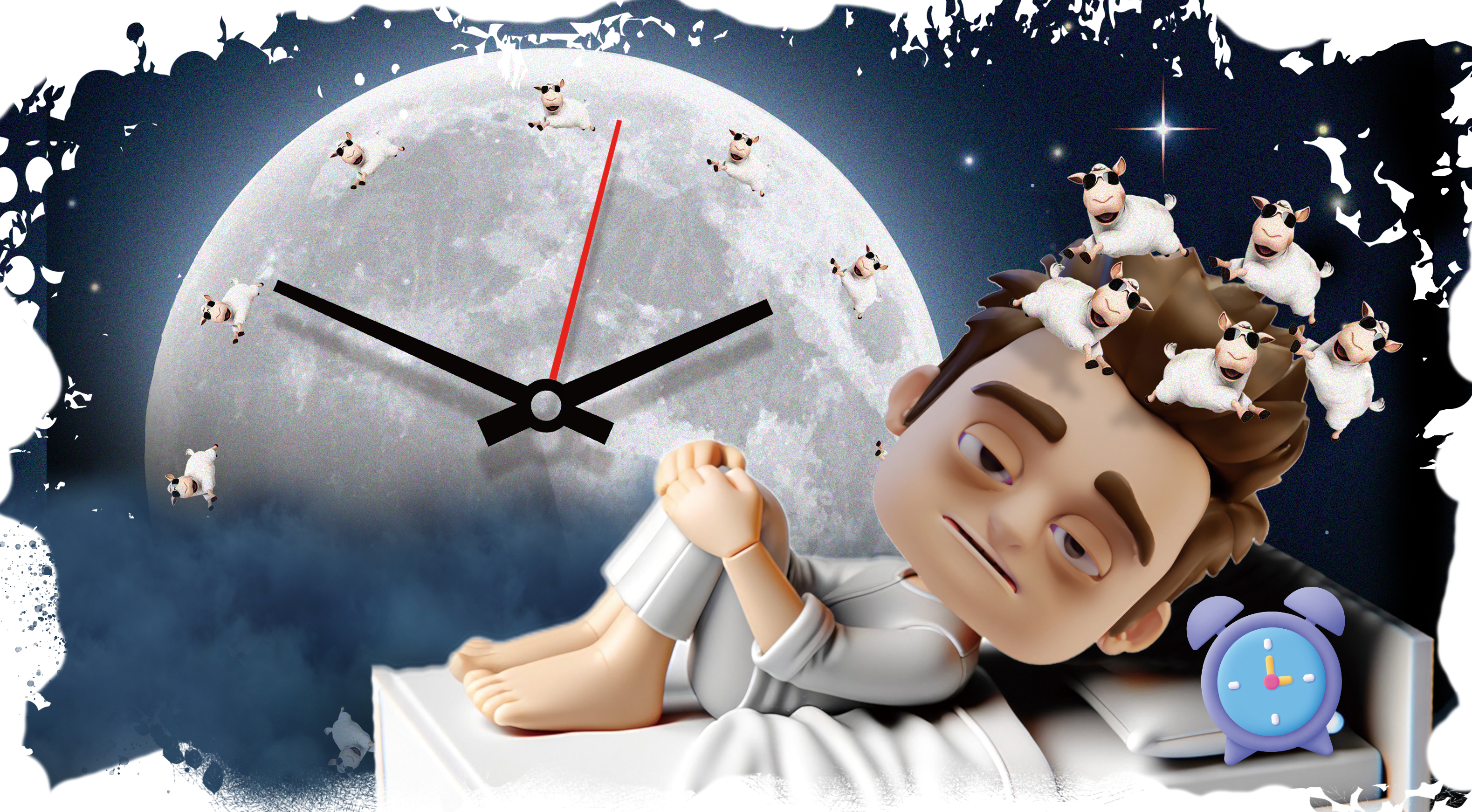Anger is an unpleasant emotional response that exists on a continuum ranging from mild anger to intense fury and rage. Physiologically, anger exhibits a spectrum of arousal level from minimal arousal to pronounced sympathetic arousal with heightened muscle tension and the release of adrenaline. In general, anger management activities can be grouped as arousal-decreasing (e.g yoga, mindfulness, meditation), or arousal-increasing (e.g hitting a bag, jogging, cycling). Popular wisdom suggested that venting anger, to “blow off steam” by expressing your anger can help to calm down. However, a recent meta-analytic review by Kjaervik and Bushman breaks this myth. To compare the effectiveness of arousal-decreasing and arousal-increasing activities in reducing anger and aggression, this review analysed the results from 154 studies with 184 independent samples involving 10,189 participants. Outcomes of the activity treatment were examined in terms of state and trait anger, hostility, aggressive behaviour and provocation. It was found that arousal-decreasing activities were effective in relieving anger and aggression (Hedges’s g standardised mean difference [g] = -0.63, 95% confidence interval [CI] [-0.82, -0.43]) regardless of genders, races, ages and cultures. On the contrary, arousal-increasing activities were overall ineffective (g = -0.02, 95% CI [-0.13, 0.09]) and the effects were heterogenous and complex, for example, ball sports and aerobic exercise can decrease anger significantly, but jogging and stair climbing increased anger significantly. Other arousal-increasing activities such as walking, weight training, punching or kicking an object, rowing and martial arts demonstrated no significant effect in anger relief. To fend off your fury next time, consider taking a timeout or a deep breath; venting it out may just make you even more angrier!
Reference:
Kjaervik SL, Bushman BJ. Clin Psychol Rev. 2024 Mar 11;109:102414. doi: 10.1016/j.cpr.2024.102414. Epub ahead of print.





